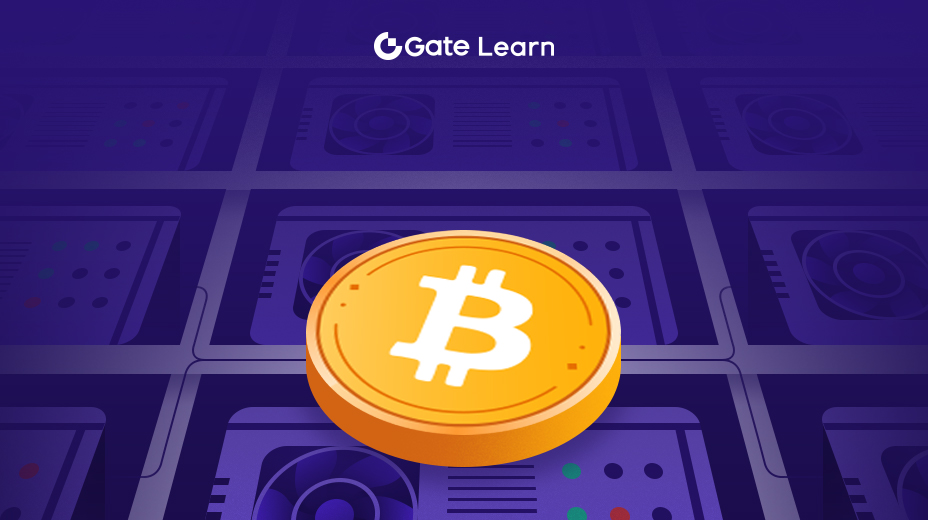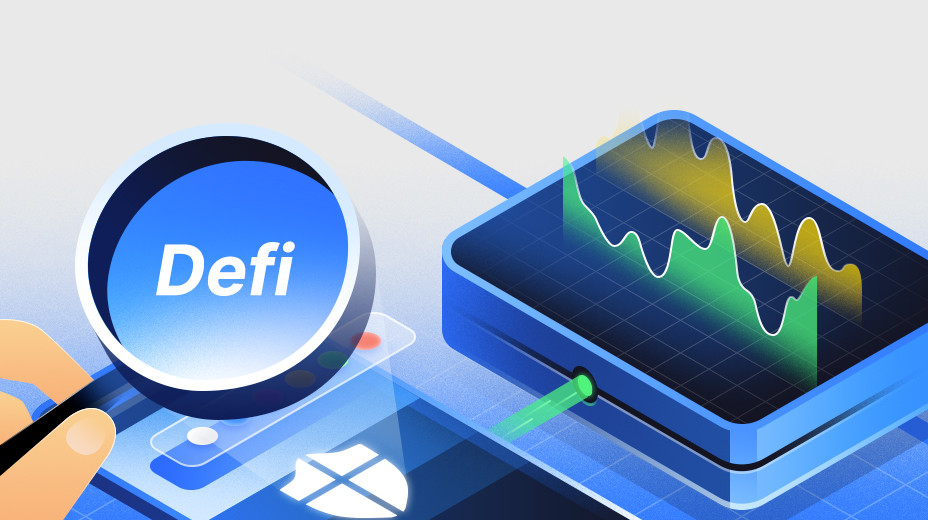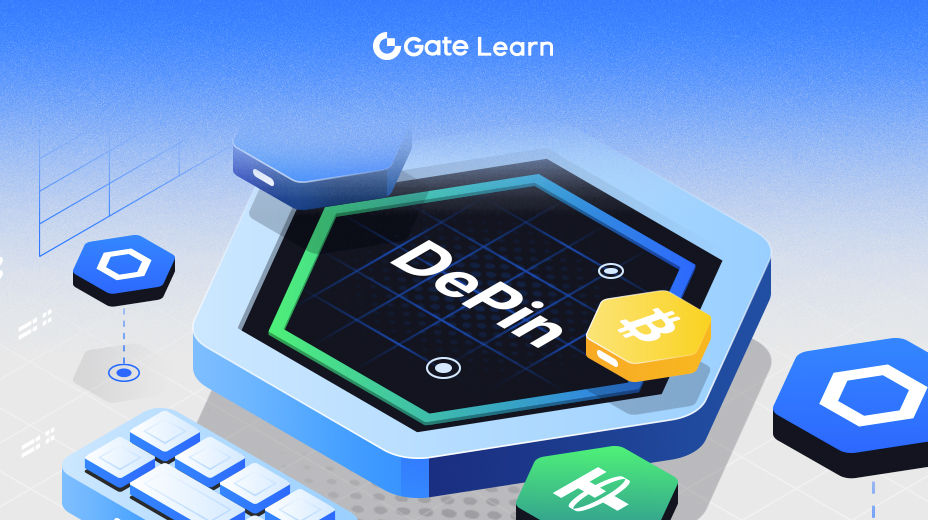自动做市商行业的未来发展
在最后一章中,我们将讨论自动做市商的未来发展及其对加密货币领域的潜在影响。同时,我们还将分析第二层扩容方案、互操作性和监管挑战等新兴趋势,为您提供一个前瞻性视角,洞悉自动做市商的发展趋势及其在塑造去中心化金融未来中的作用。
自动做市商技术的增长潜力
自创立以来,自动做市商(AMM)技术已经取得了显著的增长和发展,并有望进一步扩张。推动自动做市商技术及相关代币增长的关键因素包括:
DeFi增长:去中心化金融(DeFi)平台的增长推动了对自动做市商技术及相关代币的需求。随着DeFi的不断扩张,对自动做市商代币的需求也在不断扩大。
区块链技术的采用:随着区块链技术的普及,对采用自动做市商技术的去中心化交易所(DEX)的需求也可能增加。
较低的费用:与传统交易所相比,自动做市商的费用较低,有利于吸引更多用户转向DEX和自动做市商平台。
增加流动性:自动做市商技术可以增加流动性并提供更高效的价格发现。随着越来越多的用户采用这项技术,自动做市商代币的流动性可能会增加。
自动化:自动做市商技术消除了对中介的需求,实现了交易过程的自动化,使交易过程更高效、简洁。
可编程流动性:自动做市商技术允许创建可编程流动性,可根据特定市场和用户群体的需求进行定制。
跨链整合:随着越来越多的区块链网络和资产可用于交易,自动做市商技术有望实现跨链交易和流动性。
创新和发展:随着新功能和改进的引入,自动做市商技术的持续创新和发展有望推动未来的增长和采用。
行业挑战与机遇
自动做市商代币代表了一种快速发展的技术,具有巨大的增长潜力,但也面临许多挑战。
挑战
监管
目前,去中心化金融领域(包括自动做市商)几乎没有监管。这给投资者带来了不确定性,可能导致未来审查和监管的增加。
市场分散
大量自动做市商在不同的区块链网络上运行,每个网络有着自己独特的特性和功能。这使得用户难以驾驭市场,对新投资者而言可能是一种障碍。
机遇
用户友好性和可访问性
随着技术的发展和更广泛的采用,新的平台和界面应该会陆续出现,以方便用户在自动做市商上买卖资产。
在去中心化交易所和自动做市商领域,1inch便是专注于用户友好性和可访问性的平台。1inch是一个连接到各种去中心化交易所的聚合器,为交易者选择最优交易路径,实现以最佳价格和最低费用促成交易。1inch通过提供用户友好的界面和简化交易体验的自动化算法,简化了在不同自动做市商上交易资产的过程,使有经验的交易者和新手都更容易访问。
跨链互操作性
目前,大多数自动做市商仅限于在单个区块链网络上使用,但人们对开发互操作性解决方案的兴趣也越来越浓,希望可以让资产在多个网络之间进行交易。这将极大地扩展自动做市商代币的可用范围和实用性。
跨链解决方案是第0层(L0),专注于构建通用的互操作性协议。L0的目标是建立一个通用框架,允许各种区块链网络高效地通信和转移资产,促进跨链自动做市商功能的实现。
Wormhole也是能够实现跨网络的资产转移的项目,允许用户在一个区块链上交易自动做市商代币,同时利用另一个区块链的流动性,从而提高自动做市商在跨链方面的流动性和效用。这些举措是为了释放跨链互操作性的潜力并扩大跨多个区块链网络的自动做市商交易的可能性。
颠覆传统金融机构
通过消除中介机构并实现买卖双方之间的直接交易,自动做市商可以降低交易成本并提高流动性。这可以创造新的投资机会并推动市场的进一步增长。
对去中心化金融(DeFi)和加密货币市场的影响
自动做市商(AMM)对去中心化金融(DeFi)和加密货币市场产生了重大影响。它使个人交易者更容易在不需要传统交易所等中介的情况下买卖加密资产。
自动做市商极大地提高了去中心化金融领域的流动性,促进了以前无法实现的新的去中心化应用和金融产品的出现。自动做市商还提高了交易的速度和效率,使交易能够在短短几秒钟内执行完毕。
自动做市商也在增加加密货币的采用率方面发挥了重要作用。自动做市商为人们买卖加密资产提供了便利,使普通人也能轻松地获取加密资产,有助于整个加密货币市场的增长,使人们更加关注区块链技术的潜力。
另一方面,自动做市商也存在无常损失风险。无常损失是指流动性池中资产的价值发生变化并导致流动性池代币的价值下降。这可能导致流动性提供者蒙受损失。
同时,人们还对自动做市商的安全性和可靠性表示担忧。与任何新技术一样,自动做市商技术也存在可能被黑客利用的漏洞和弱点。业内已经发生了几起轰动一时的自动做市商黑客攻击事件,给用户造成了重大损失。
尽管存在这些挑战,自动做市商的未来仍然充满希望。随着人们对去中心化金融和去中心化应用的兴趣不断增长,对自动做市商的需求也可能随之增加。这可能会推动开发新的具有创新性的自动做市商协议,希望能够解决当前所面临的一些挑战。
要点
- 就目前的趋势来看,自动做市商技术有望继续增长和发展。它有可能颠覆传统金融体系,提升去中心化金融的普及度。
- 自动做市商面临的挑战包括对安全性、流动性和监管合规性的担忧,以及来自中心化交易所的潜在竞争。
- 自动做市商面临的机遇包括扩展到新的市场和资产类别,与其他DeFi协议整合,以及改善用户体验和并提高可访问性。
- 自动做市商为个人交易加密资产提供了一种便捷有效的途径,交易者无需依赖传统金融机构即可交易加密货币。自动做市商有望在未来的去中心化金融领域发挥重要作用。
- 自动做市商有可能增加加密货币市场的流动性并降低交易费用,同时提高透明度和去中心化。
- 自动做市商的成功和普及将取决于多种因素,包括创新的自动做市商协议的开发、法规的明确性以及持续的用户采用和教育。





